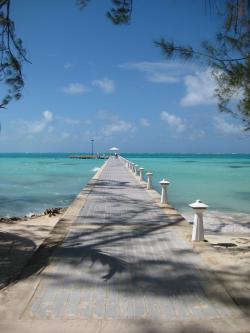jks
About
- Username
- jks
- Joined
- Visits
- 36,243
- Last Active
- Roles
- Member, Administrator, Moderator
- Points
- 639
Reactions
-
S meter extension - prevent clearing? [fixed in v1.318]
The phasing feature seems to work okay the first time (after extension start up) but after that it only works occasionally. So there is more work to be done.v1.319 August 28, 2019 Fixed bug in audio FFT mode. If you visited a new Kiwi for which no FFT WF max/min cookie values had ever been stored you'd always get a black waterfall until clicking "Auto Scale" and then reloading the page. FAX extension: Now has a 2k line scroll-back buffer. Added phasing and autostop capabilities. Phasing will automatically align (shift) the image horizontally if the phasing signal at the beginning of the transmission is clear enough. Autostop will stop the image buffer updating if the fax start/stop tones are clear enough. S-meter extension: Now has stop/start and "mark" buttons. -
S meter extension - prevent clearing? [fixed in v1.318]
v1.318 August 27, 2019 FAX extension: Add LPM (lines per minute) selection. Automatically set 60 LPM for JJC/JSC Frequency list corrections; added XSG Shanghai; removed BMF Taipei S-meter extension: Don't clear graph on frequency change. Instead draw vertical division marker: red when frequency change, green when mode change. Better detection of missing audio panner API on some browsers. -
S meter extension - prevent clearing? [fixed in v1.318]
v1.318 August 27, 2019 FAX extension: Add LPM (lines per minute) selection. Automatically set 60 LPM for JJC/JSC Frequency list corrections; added XSG Shanghai; removed BMF Taipei S-meter extension: Don't clear graph on frequency change. Instead draw vertical division marker: red when frequency change, green when mode change. Better detection of missing audio panner API on some browsers. -
S meter extension - prevent clearing? [fixed in v1.318]
v1.318 August 27, 2019 FAX extension: Add LPM (lines per minute) selection. Automatically set 60 LPM for JJC/JSC Frequency list corrections; added XSG Shanghai; removed BMF Taipei S-meter extension: Don't clear graph on frequency change. Instead draw vertical division marker: red when frequency change, green when mode change. Better detection of missing audio panner API on some browsers. -
W/F and SND Bad Params
I'll have an automatic solution built-in to the Kiwi software after I return.
The little bit of decoding I've done is really inexplicable. I can see the beginnings of what they're trying to do. But it's incomplete and the end result is that absolutely nothing of value is gained. Except for adding a bunch of log messages and causing general annoyance.







